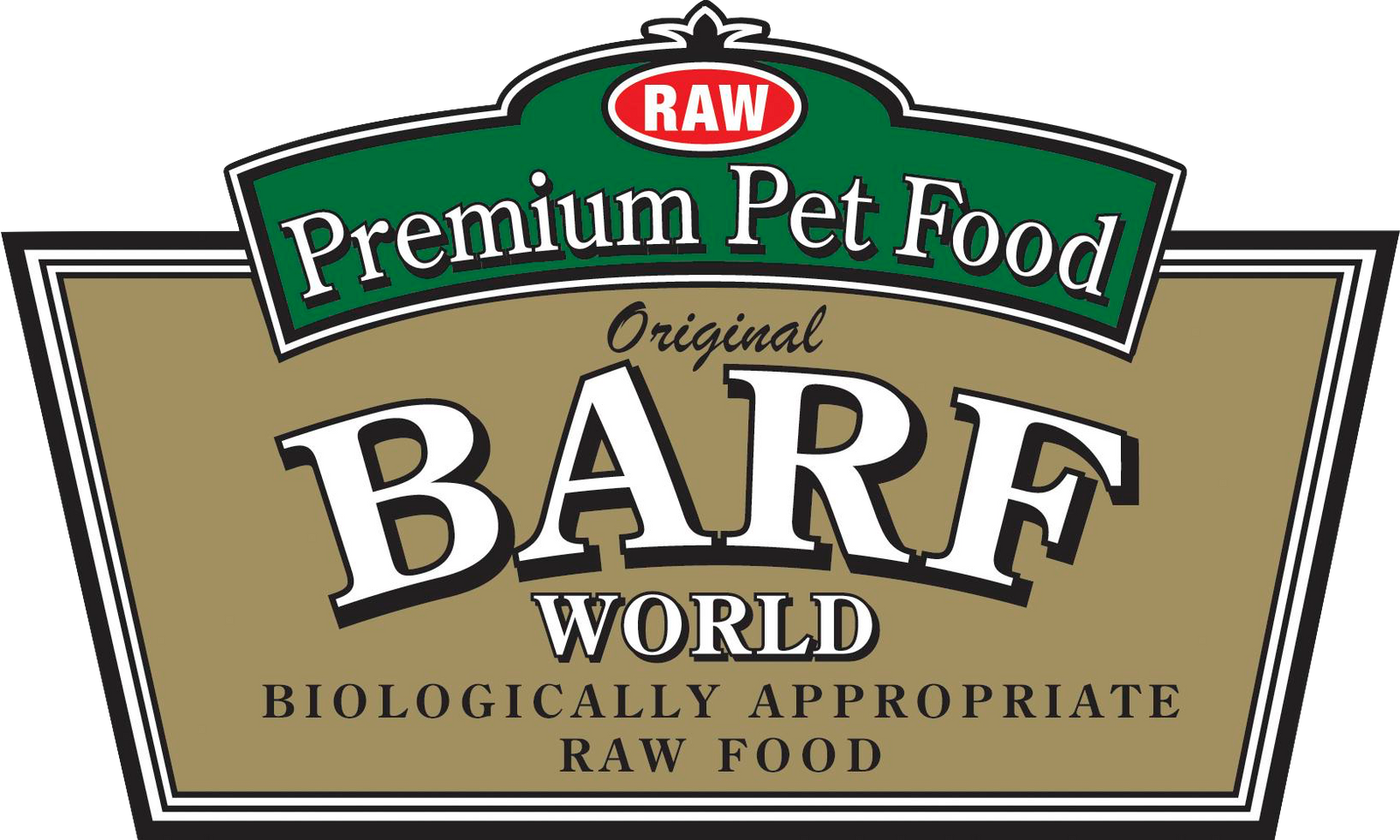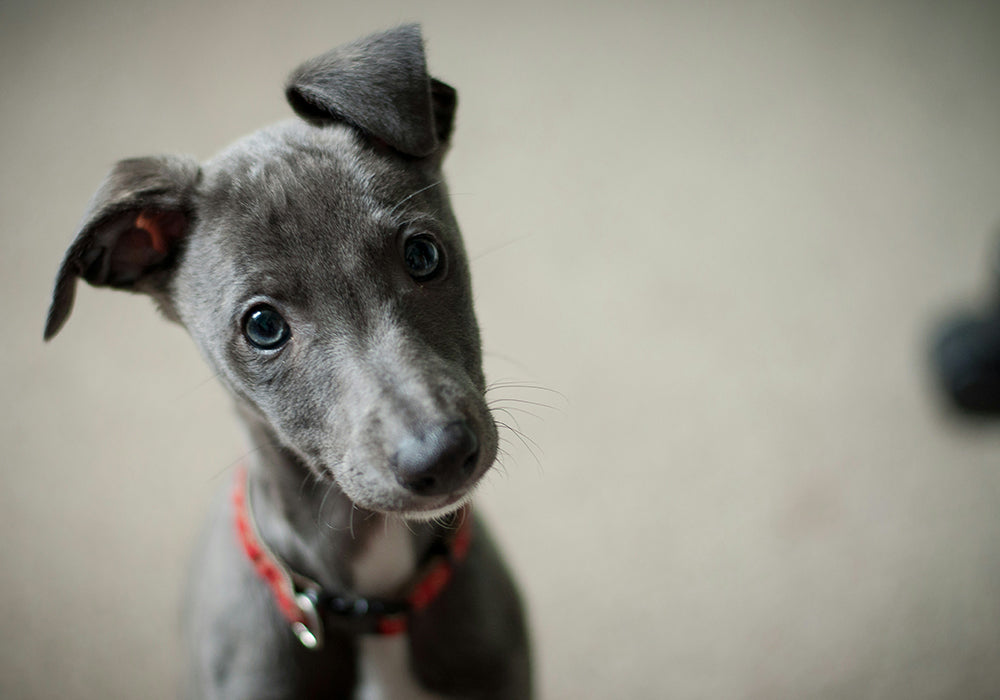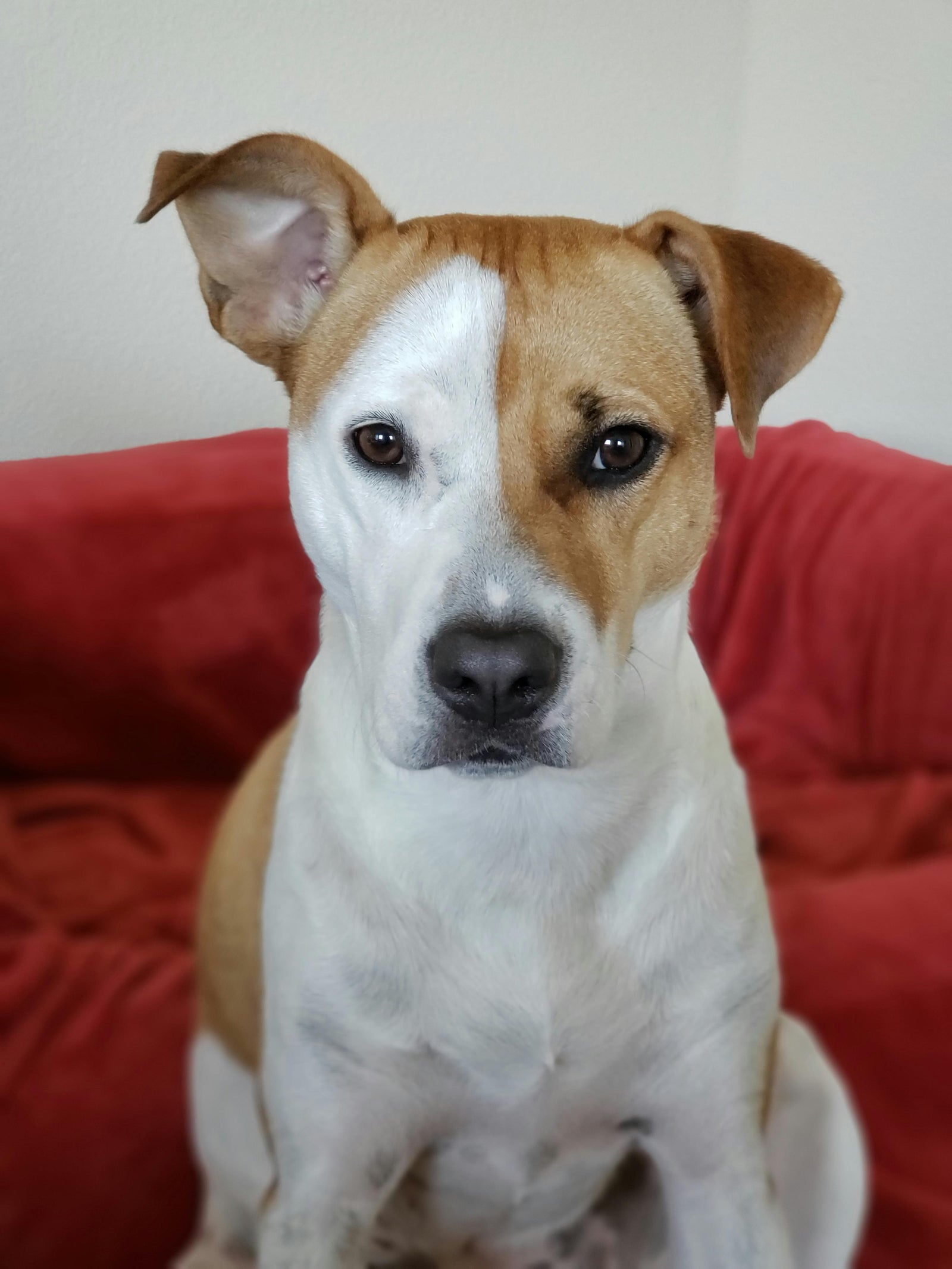I find it very interesting that there are many different views regarding whether a dog or cat is an omnivore or a carnivore. In order to gather an opinion for yourself, you will need to have the definition of each classification.
Carnivore
A carnivore is an animal that eats meat but may or may not be an exclusive meat eater. This is due to the lack of carnivorous food. However, pets that are able to adapt to the omnivorous diet can function as omnivores as well.
Omnivore
An omnivore is a classification that is capable of consuming animal protein and vegetation. They are considered opportunistic feeders, whereby they survive by eating what is available to them. The interesting difference that seems to make the variation in how we classify a dog is summarized by the word, “choice”.
I believe a natural diet for both dogs and cats is based on the definition. In short, the anatomical structure of a dog/cat is to say; they are carnivores. Dogs and cats have the ability to adapt to the omnivorous diet, which in the most recent 100 years have classified them as omnivores. Dry pet food processors have selfishly convinced the public that a dog and cat is best served by eating dry, heat processed kibble or canned versions of a heat-processed meal.





